Bowling lane markers go about as significant helpers for bowlers pointing their shots. Dots, conventionally found on the technique district, change in size anyway and are ordinarily around 1 inch in broadness. Bolts, arranged around 66% down the lane, are as often as possible more unobtrusive, assessing roughly 2-3 crawls in length. The real way contains 39 boards, each around 1 inch wide, giving a width of approximately 39 inches. These markers make a precise lattice structure for bowlers to change their shots. Understanding the components of these markers is basic for bowlers to target an unequivocal district of the lane and upgrade their show definitively.
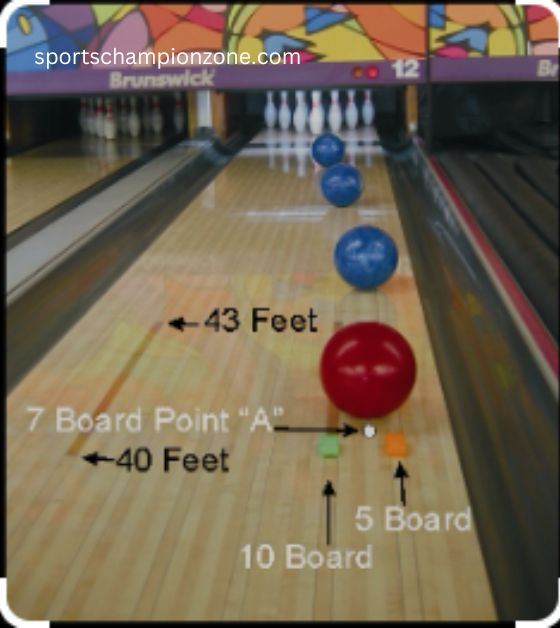
Introduction to Bowling Lane Markers
Bowling lane markers look like your coordinating stars in the grandiose process for bowling. They are essential for helping you point your shots unequivocally and dependably. Imagine them as your reliable companions on the bowling adventure, reliably there to direct you on the right course.
Significance in Bowling
These bowling lane markers are not just sporadic embellishments on the way; they fill a vital need. In bowling, exactness is essential. Lane markers help bowlers change themselves precisely, target an unequivocal area of the path, and change their shots considering advancing circumstances. Without them, it would be like endeavoring to investigate a maze blindfolded.
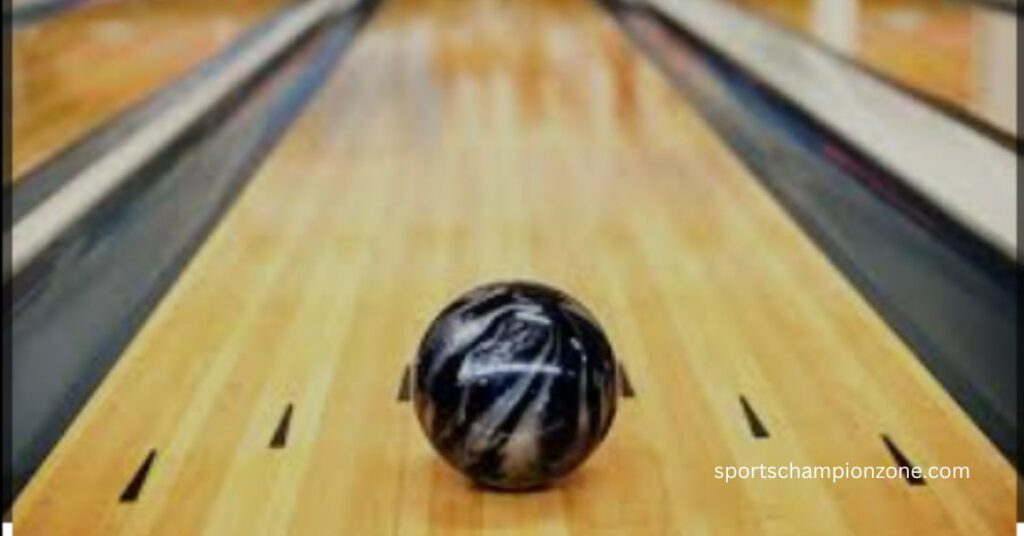
Overview of Dots, Arrows, and Boards
Now, we ought to isolate it. There are three kinds of way markers: dots, arrows, and boards. Each accepts an excellent part in helping you with pointing your shot, as a matter of fact.
1. Dots: Your Starting Point: Think about how it detects your starting line. They’re normally found in the strategy area, and they come in different assortments. These spots help you arrange yourself precisely before making your strategy. By adjusting to the ideal place, you set yourself in a situation for a smooth movement.
2. Arrows: Aiming with Precision: Arrows look like signs along the lane, guiding you toward your goal. You’ll see them around 66% of the way down the way. There are ordinarily seven bolts, each numbered from left to right. They help you with pointing your shot with exactness, allowing you to change your point considering lane conditions and your own bowling style.
3. Boards: Navigating the Lane: Picture the sheets as the lanes’ aide. There are 39 sheets spreading over the width of the lane, numbered from 1 to 39. They help you with changing your course of action and target express locale of the lane. By pulling out all the stops, you can adjust your shot and augment your potential outcomes, causing an uproar in and out of town.
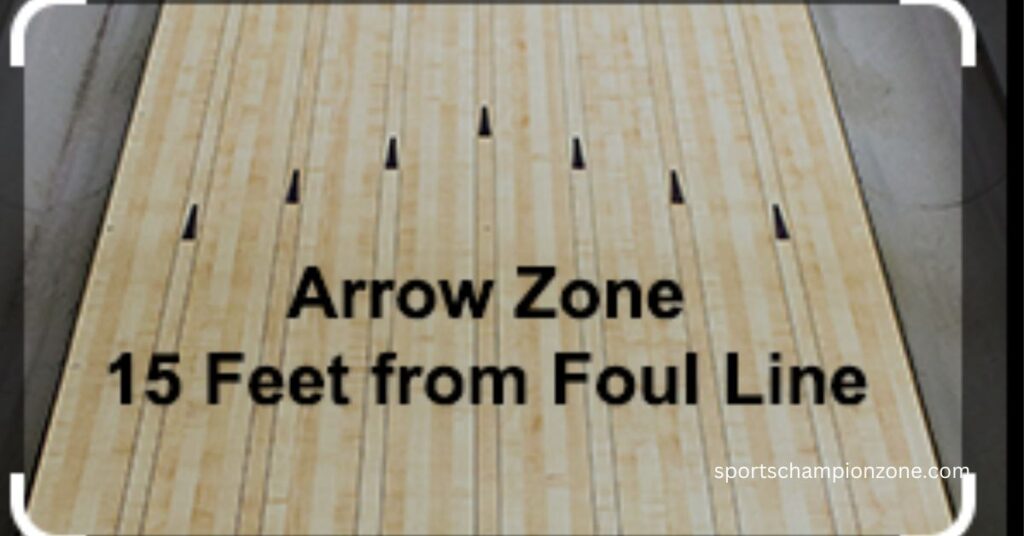
Dots: The Starting Point
Dots look like your bowling GPS, helping you with finding your early phase and investigating the bowling lane markers with assurance.
Reason and Situation: Spots are those little concealed bowling lane markers you see on the Strategy District of the Bowling Lane. They’re not just there for frivolity; they fill a dire need. These spots help bowlers get a charge out of you to arrange yourself precisely before making your procedure arrange yourself precisely before making your procedure. They’re like the starting line in a race, furnishing you with an undeniable indication of where to begin your cycle down the lane.
Different Starting Positions: A cool viewpoint concerning spots is that there are typically a couple of them, each filling in as an early phase for different bowlers. Dependent upon your bowling style and tendency, you could choose to start with a particular bit. All that, without question, spins around finding what ends up being brutish for yourself as well as your game.
Establishing stability and Approach Angle
Whenever you’ve picked your starting spot, this present moment is the best opportunity to spread out your situation and push toward the point. Your position is how you position your feet on the procedure, and it’s central for staying aware of balance and robustness during your transport. The bits help you with changing your feet precisely, ensuring that you get rolling on the right foot (pun intended!).
Arrows: Aiming with Precision: Arrows look like the signs guiding you towards your objective on the bowling lane markers. We ought to isolate how they help you point your shots with precision.
Intermediate Aiming Points: Arrows go probably as temporary pointing centers around the lane, helping you with refining your point as you make your philosophy. Imagine them as wandering stones towards your goal, the pins. They’re definitively situated around 66% of the way down the bowling lane markers, giving you a clear a lane to follow with your shot. By pulling out all the stops, you can adjust your course and add your potential outcomes, causing a commotion in and out of town spot—the pocket.
Numbering and Placement: Have you ever seen those little numbers on the arrow? They’re not just there to look great; they help you with separating each bolt and picking up your objective even more absolutely. Routinely, there are seven arrows, numbered from left to right. The middle bolt is ordinarily your fundamental goal, but dependent upon bowling lane markers conditions and your bowling style, you could pull out all the stops arrow.
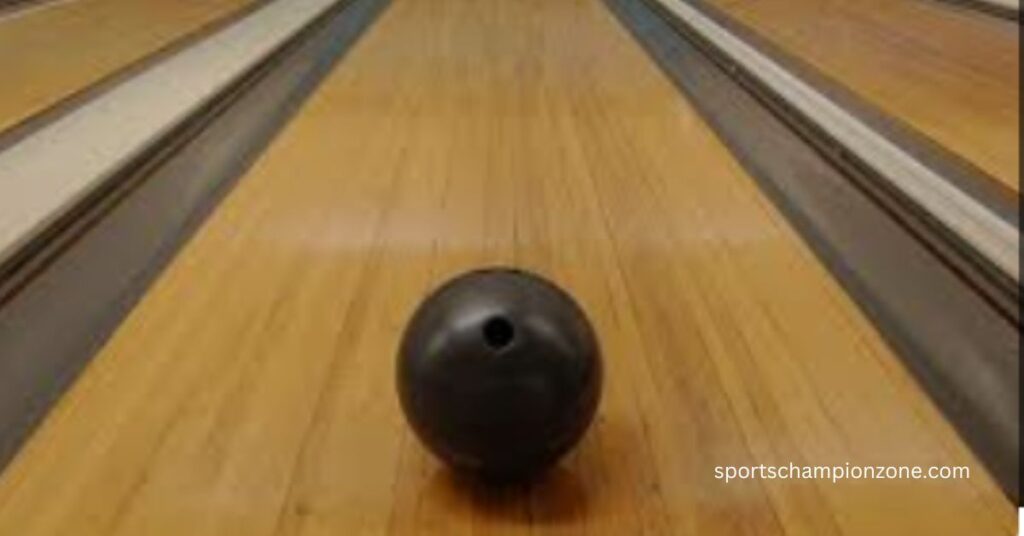
Adjusting Aim for Lane Conditions
Maybe the coolest thing about bolts is that they’re adaptable. Particularly like you change your sails to investigate through advancing breezes, you can change your expectations to deal with various bowling lane markers conditions. Accepting that the lanes are smooth, you could need to point barely to the left or right of your standard goal to compensate for the ball’s extended bed. Then again, if the lanes are dry, you could go all in bolt to make the right mark on the section into the pocket.
Boards: Navigating the Lane: Boards resemble the aide on the bowling way, helping you with investigating your heading to advance. This is the manner in which they expect to play a dire part in your bowling cycle.
Lane Surface Composition: At any point, have you thought about what lies deep down on the bowling lane? It’s not just a smooth surface; it’s separated into individual boards. These boards are ordinarily made of wood and run from the foul line for the entire lane to the pins. They make the surface on which your ball journeys, and understanding their pieces is essential to ruling your game.
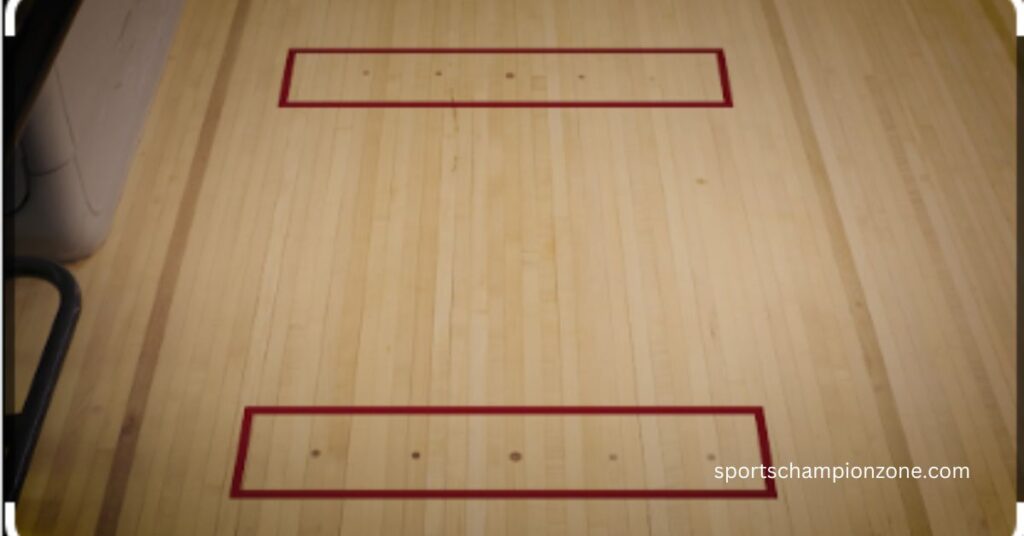
Numbering and Width: Each board on the way is numbered from 1 to 39, with the center board being number 20. These numbers help you recognize and target unequivocal locales along the way with precision. In any case, boards aren’t as of late numbered; they moreover have width. Each board is about one inch wide, making a lattice like model across the bowling lane markers. This width licenses you to roll out careful improvements in your pointing and zeroing in on, helping you hit your engraving with accuracy.
Using Boards for Alignment and Targeting
Now, here’s where it gets interesting. boards aren’t just there to make the way look pretty; they’re basic for changing yourself and zeroing in on unambiguous area of the bowling lane markers. While you’re setting up for your shot, you can include the sheets as reference centers to change your situation and point.
Arrangement and Focusing on Strategies
Arrangement and focusing in on look like the bread and butter of bowling—they’re crucial for hitting your engraving dependably.
1. Finding Your Starting Point: Use dots to spread out your starting circumstance. Stay collected, focus on your hunches, and focus on making smooth, certain shots.
2. Aiming for the Arrows: At whatever point you’re organized, use arrows as your pointing centers down the lane. Pull out all the dots, arrow, or change your point considering lane conditions and your bowling style.
3. Using Boards for Precision: Spotlight on the boards on the way and use them to change your game plan by focusing in on them. Going all in can help you cause a commotion in and out of town with precision.
Reading and Adapting to Lane Conditions
Bowling lane markers aren’t static—they change for a really long time as a result of components like oil plans, lane wear, and temperature. Sorting out some way to scrutinize and change in accordance with these conditions is crucial for progress.
1. Observing Lane Conditions: Watch out for how the ball answers the lane surface. Look for signs of oil breakdown, crushing zones, and progress locales.
2. Adjusting Your Strategy: Considering your insights, making acclimations to your course of action, focusing on, and shooting procedure. This could incorporate changing your starting position, pulling out all the dots, or changing your ball speed and insurgency.
Shot Adjustment and Fine-Tuning
To be sure, even with everything that could be turned out gravely, knowing how to make on-the-fly changes can save your game.
1. Recognizing ball reaction: Spotlight on how your ball answers the lane. If it’s catching too early or slipping exorbitantly far, it might be an optimal chance to carry out an improvement.
2. Making Minor Tweaks: Don’t hold back at all to roll out minor improvements as per your shot technique. This could incorporate changing your conveyance point, changing your hold, or attempting various things with different bowling balls. Stay collected, focus on your hunches, and focus on making smooth, certain shots.
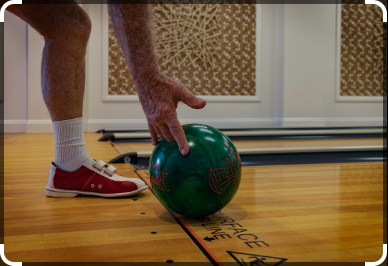
Practical Tips for Bowlers
Working as a bowler isn’t just about what you do on the lanes; it’s in a similar manner about how you approach your preparation and learning. The following are a couple of practical tips to help you with working on your game, both on and off the bowling lane markers.
Purposeful Practice Methods
Careful discipline achieves promising outcomes, but you’re practicing inspiration. This is the method for making the most out of your preparation gatherings:
1. Focus on Quality, Not Quantity: It’s not just about the quantity of balls you throw; it’s about how truly you use each shot to get to a higher level. Base on taking advantage of each shot, and feel free to appreciate respites to rest and reset between shots.
2. Work on Weaknesses: Perceive locales in your game that need improvement and commit time to managing them. Whether it’s additional shooting, getting parts, or adjusting to different conditions, watching out for your weaknesses will make you an even more adjusted bowler.
Observational Skills on the Lanes
Being discerning on the lanes can provide you with significant information that will chip away at your game. This is what to really focus on:
1. Your Ball Reaction: Spotlight on how your ball answers the lane surface. Does it catch on early? slip unnecessarily far? Complete? Understanding your ball reaction will help you make better decisions about your equipment and shot decisions.
2. Monitor Lane Conditions: Watch out for how the ways are changing all through your preparation meeting or game. Look for oil breakdown, progress areas, and changes in bowling lane markers development. This information will help you change your framework and stay one step before the resistance.
What are the dots on a bowling lane?
The touches on a bowling lane, frequently called focusing in on dots or arrows, are visual markers helping bowlers point their shots unequivocally. Arranged along the lane, these spots help bowlers by changing their throws to the pins. By focusing on these markers, bowlers can change their points and work on their consistency. Whether it’s checking distance or refining their method, utilizing these touches works on a bowler’s ability to hit their ideal spot on the way dependably, achieving better execution and scores.
What is the mark in bowling?
In bowling, the saying “mark” suggests pounding down a particular number of pins with two consecutive rolls. For example, in ten-pin bowling, an engraving is achieved by destroying something like one pin with the chief roll and a while later clearing the overabundance pins with the resulting roll. Engravings can integrate strikes (pounding down every one of the ten pins with the fundamental roll) or additional items (pounding down the extra pins after the essential roll). Marks add to a player’s score and are fundamental for achieving higher scores.
Where to aim for a strike?
Going all in bowling remembers centering for the “pocket,” the area between the 1 and 3 pins (for right-gave bowlers) or the 1 and 2 pins (for left-gave bowlers). This point grows pin convey and assembles the conceivable outcomes, pounding down all of the ten pins. Bowlers typically hold back nothing or spots on the way that lead to the pocket. Unsurprisingly, focusing on these dots, combined with a genuine system and ball speed, works on the likelihood of achieving a strike
How to find your mark in bowling?
To find your engraving in bowling, start by investigating various roads in regards to different circumstances. Hold nothing back or dabs on the path that lead to the pocket, the area between the 1 and 3 pins (for right-gave bowlers) or 1 and 2 pins (for left-gave bowlers). Practice dependably going all in to encourage muscle memory and further foster precision.
Conclusion
In conclusion, overwhelming the intricacies of bowling lane markers is an outing that requires dedication, practice, and a sharp eye for detail. These markers, including dots, arrows, and sheets, go about as extremely valuable helpers’ routes to bowling ball accomplishment.
By understanding the significance of each and every marker and how to utilize them really, bowling lane markers can work on their precision, consistency, and by and large execution on the lanes. From spreading out the right position and pushing toward highlight adaptation to changing lane conditions and making on-the-fly changes, the data and usage of bowling lane markers are essential for progress in the game.
If you want to more detail and better information about this you can also visit;
